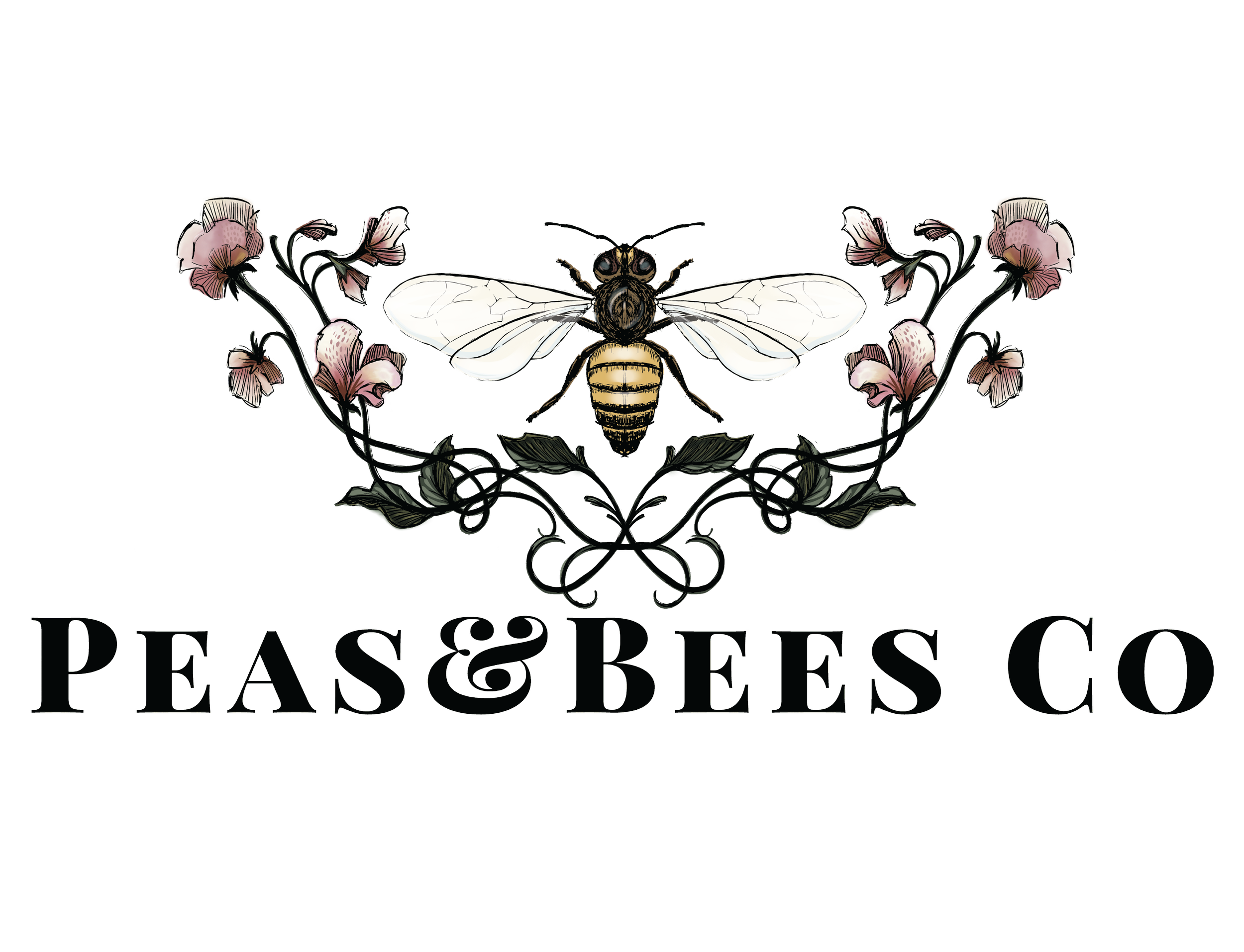Thrips
A common indoor and outdoor pest are thrips. They are incredibly small and difficult to see. They adults are thin and black or pale colored while the young are yellow. Thrips lay 80 eggs at a time on the soil and they hatch within days. At all the stages of development, they feed on the juice from the plant. They feed in large groups and are very active. Their feeding can scar the leaves and cause them develop oddly and curl. The leaf color also fades.
The best care is always prevention. Check your plants every time you water or dust them. Check the leaves, underside of leaves, axis, everything. This way if you do end up getting pests (chances are you will at some point because nature can’t be controlled) you will know as soon as possible and can intervene. Pests are far easier to eradicate when there’s only a small amount compared to a heavy infestation.
Thrips love dry and hot conditions so a great way to prevent is to keep plants watered and mist them often. Misting often can decrease thrips and their activity. Also keep any plant debris (dead leaves, etc.) cleared out as that can entice them to your plants.
If you do all that and still get thrips, here is what you can do:
Wash off the foliage and stems with a heavy stream of water every couple days. This knocks them off the leaves.
Spray down the plant with neem oil. This doesn’t kill then but it does prevent them from feeding on the leaves and stems.
With a cotton swab dipped in rubbing alcohol, gently wipe off the leaves.
Mist plant twice a day.
Continue until they are gone.
Thrips lay their eggs on the soil so you will need to treat that as well.
Mix a 1:1 ratio of hydrogen peroxide and water in a spray bottle.
Liberally spray down the soil.
Do this once every week until gone.
Repeat whichever of these treatment plans you choose weekly until the infestation is gone.
There are many other pesticides and treatments if these don’t work but they can be harmful to the plants, animals and people so use them with caution and carefully follow the directions.


